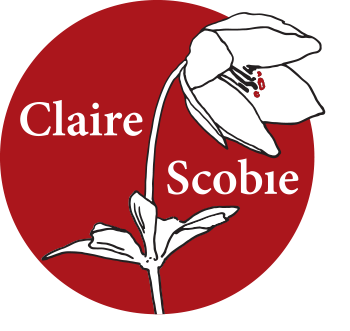31 May Weaving a story
Travel writing is often seen as a soft option. Yet it’s actually surprisingly difficult to do well. Especially in travel memoir, rather than straight travel journalism. But both require the weaving together of different strands.
Some of the strands include, but aren’t limited to, the following:
- Description
- The essence of the place (s)
- Character and potentially a character arc
- Plot (in some cases)
- Narrative arc
- Inner journey
You might also have several themes you want to cover:
- Politics
- Family history
- Food
- Shopping etc.
That’s a lot going on!
And pulsing through this, pulling the reader through, is your storyline or narrative thread.
 Even with shorter pieces, it can be hard to juggle the competing needs of a story. You need to have enough setting that the reader can identify with the place and enough history to anchor the story. Yet too much and the story gets bogged down with description or loaded with backstory.
Even with shorter pieces, it can be hard to juggle the competing needs of a story. You need to have enough setting that the reader can identify with the place and enough history to anchor the story. Yet too much and the story gets bogged down with description or loaded with backstory.
Travel articles tend to be very heavy on description and light on story. A 600-word piece still requires a beginning, middle and end, not just lots of puff. Also a travelogue or a simple recounting of events is not a travel story. That’s a diary.
So how to make the weaving happen?
Writing, like any craft, improves with practice. The more you do it, the more you know what works and what doesn’t. It’s also about balancing all the different aspects of story together with one coherent, and hopefully compelling, voice.
It can also be the result of several drafts. While in the first draft you have heavy clumps of description, by your last attempt, it’s lightly done.
You know when it’s working when a 3-D affect is created for the reader. They can actually imagine you in the place, see through your eyes and experience what you experienced. This is when travel writing takes on the best techniques of fiction. This is when you, as a character, become utterly believable for the reader. (I should add here, that this doesn’t happen as much in travel journalism where the ‘I’ is kept to the background.)
Years ago, when I started off my career as a journalist at the Saturday Telegraph Magazine in London, I was lucky enough to work alongside the brilliant and prolific British journalist and author, Mick Brown.
 Aside from his countless features and profiles (Martin Amis, John Updike, Christopher Hitchens, Meryl Streep…) he’s written a stack of books including the wonderful travel memoir, A Spiritual Tourist: A Personal Odyssey through the Outer Reaches of Belief.
Aside from his countless features and profiles (Martin Amis, John Updike, Christopher Hitchens, Meryl Streep…) he’s written a stack of books including the wonderful travel memoir, A Spiritual Tourist: A Personal Odyssey through the Outer Reaches of Belief.
Mick always gave me this advice, ‘Take the reader by the hand.’ It’s advice I’ve never forgotten.
So how do you weave your stories together?
